Can woodstove clog a chimney in a month??
kitasei
9 years ago
Related Stories

FIREPLACESUpdated Woodstoves Keep Home Fires Burning
Better technology means more efficiency than ever for modern woodstoves
Full Story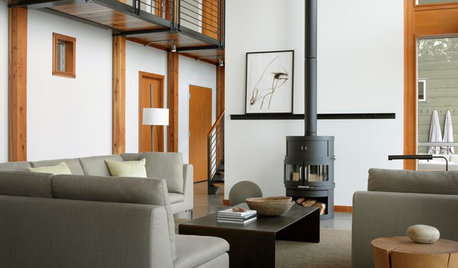
REMODELING GUIDESClean-Burning Woodstoves Ignite a Greener Heating Trend
No need to rely on oil or gas to heat your home — new woodstove designs burn cleanly and are beautiful to boot
Full Story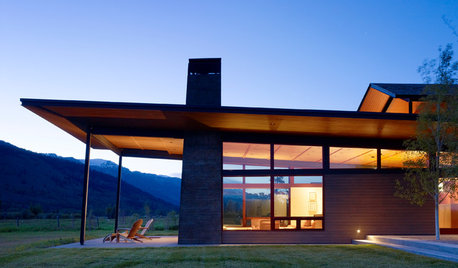
EXTERIORSSkip the Brick for a Statement-Making Chimney
Clad your chimney in metal, concrete or masonry for a dynamic architectural element and a most contemporary design
Full Story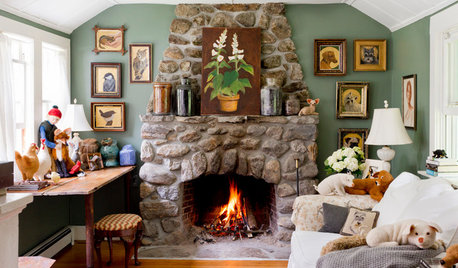
HOUSEKEEPINGBefore You Roast Those Chestnuts, Make Sure You've Got a Clean Chimney
Here's how to ensure your chimney is safe for holiday gatherings by the fire
Full Story
MONTHLY HOME CHECKLISTSYour Fall Home Maintenance Checklist
Prep your house and yard for cold weather with this list of things to do in an hour or over a weekend
Full Story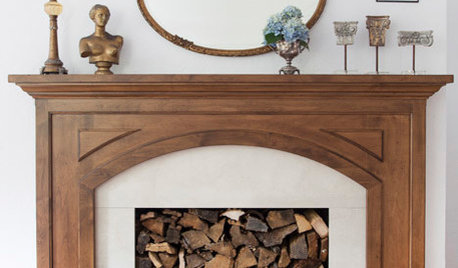
LIVING ROOMS8 Reasons to Nix Your Fireplace (Yes, for Real)
Dare you consider trading that 'coveted' design feature for something you'll actually use? This logic can help
Full Story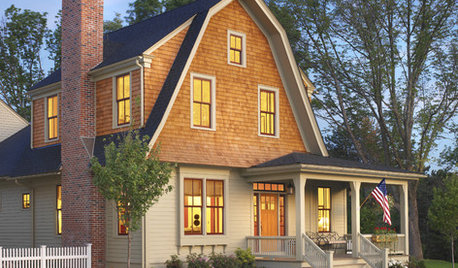
LIFEHow to Prepare Your House for Emergencies
Knock on wood you won't have any big mishaps at home, but it's important to be ready. Our checklist can help
Full Story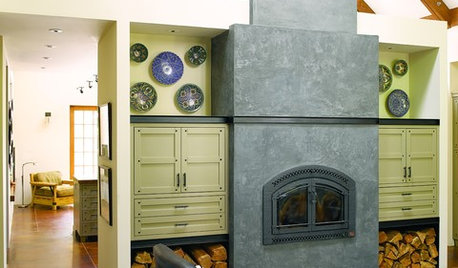
HOUSEKEEPINGTo-Dos: Your September Home Checklist
Boost the comforts of home for fall with a few of these ideas for stocking up and staying cozy
Full Story
LIVING ROOMSHow to Convert Your Wood-Burning Fireplace
Learn about inserts and other options for switching your fireplace from wood to gas or electric
Full Story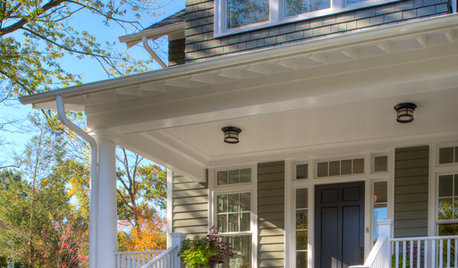
MONTHLY HOME CHECKLISTSOctober Checklist for a Smooth-Running Home
You're due for some winterizing, like clearing rain gutters and stowing swimsuits — but leave time for a fun project
Full StoryMore Discussions









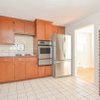
jrb451
kitaseiOriginal Author
Related Professionals
League City Fireplaces · Ogden Fireplaces · New Bern General Contractors · Aurora General Contractors · Clive General Contractors · Country Club Hills General Contractors · Easley General Contractors · Hutchinson General Contractors · Klahanie General Contractors · Poquoson General Contractors · Rocky Point General Contractors · Seal Beach General Contractors · Waianae General Contractors · Wolf Trap General Contractors · Glendale Lightingakamainegrower
kitaseiOriginal Author
akamainegrower
kitaseiOriginal Author
jrb451
akamainegrower
kitaseiOriginal Author
jrb451
kitaseiOriginal Author
jrb451
kitaseiOriginal Author
jrb451
chas045
kitaseiOriginal Author
jrb451
kitaseiOriginal Author
akamainegrower
kitaseiOriginal Author
jrb451
kitaseiOriginal Author
akamainegrower
kitaseiOriginal Author
kitaseiOriginal Author
akamainegrower
kitaseiOriginal Author
Earle Self
jrb451
Earle Self